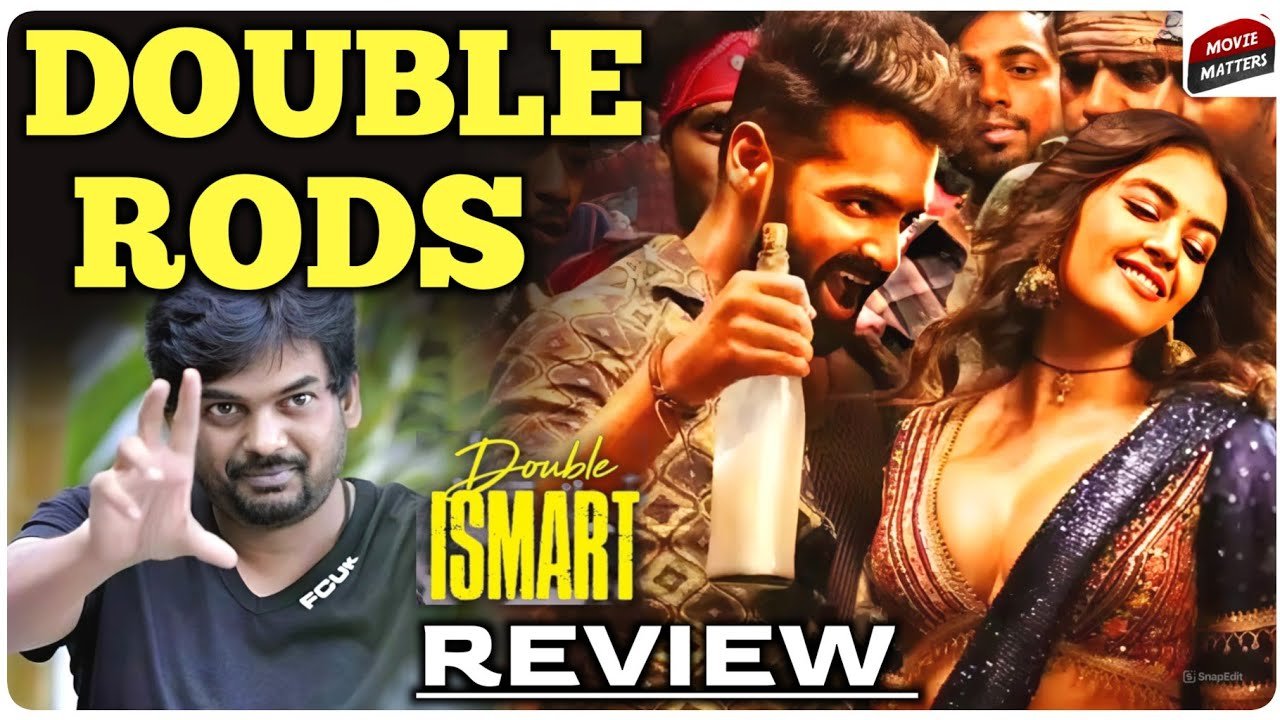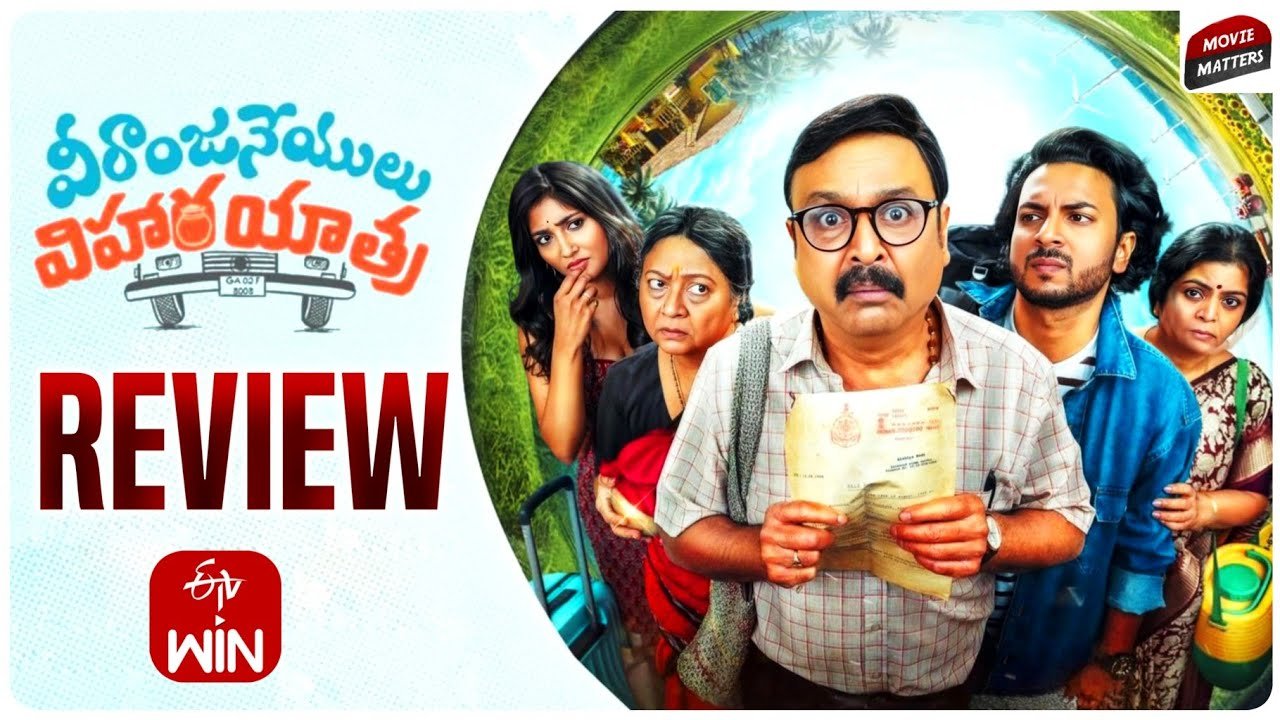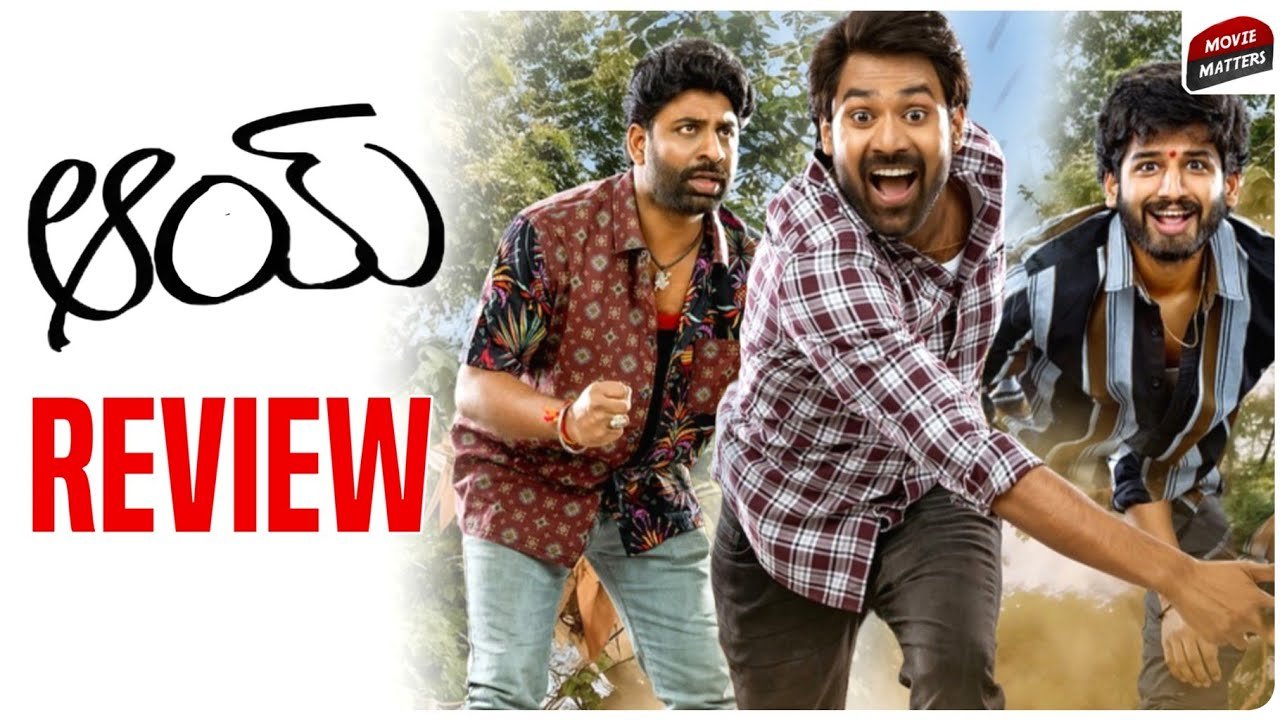Double iSmart Review: A Critical Breakdown
The sequel to iSmart Shankar, titled Double iSmart, fails to impress, seemingly eliminating any hope left after the first film. The movie is built on a senseless premise that falls flat from the very beginning, leaving audiences with no other option but to endure a cinematic ordeal.
The Decline of a Director
There was a time when audiences eagerly awaited the comeback of director Puri Jagannadh, hoping he would return to form. However, his recent creative choices suggest a different path, one that follows in the footsteps of RGV but with a focus on heroines, zoom-ins, and zoom-outs. The passion that once defined his powerful penmanship now seems diverted to camera angles rather than compelling storytelling. It feels as though he is better suited to creating playlists on YouTube, as even those would have more impact than his recent films. Instead of crafting a thriller, the director seems to have added B-grade elements and Bhojpuri-style dialogues, sending the film on a one-way trip to Assam.
It is suggested that rather than indirectly making B-grade films, it would be better for the director to do so directly. This would allow for creative freedom with camera work and shot-taking without the pretense of a mainstream film, and it might even find a more dedicated audience than the inflated targets of B and C centers.
A Senseless Plot with Flawed Characters
The central concept of Double iSmart stems from a silly idea: if a body can be rented, why can’t a hero’s brain be rented? This foundation leads to a nonsensical and frustrating viewing experience. The film is filled with questionable creative choices, from guns placed near a pant zipper to a poorly designed character named “Boka,” which serves as a bonus disappointment. The original criminal in the story likely wouldn’t have conceived of something so senseless.
The characterizations are equally weak. The heroine’s role seems to exist solely because the director wanted to make a film with that particular actress. The RAW agents are depicted so poorly that they resemble roadside chili vendors rather than a professional intelligence department. This is a stark contrast to the Puri Jagannadh of the past, who wrote police officers with a criminal’s way of thinking. The hero-versus-villain conflict is virtually nonexistent, as the script lacks the grip to build any real tension between them.
A Rehash of Past Films
A closer look reveals that Double iSmart feels like a lazy combination of iSmart Shankar and the classic film Pokiri. The hero is positioned as a regular man, while the heroine is part of a department. Sanjay Dutt’s character appears to be a stand-in for Ali Bhai from Pokiri. While in Pokiri, the hero kills Ali Bhai to avenge his father, here, Shankar kills the “Big Bull” to avenge his mother. The “Boka” track in this film serves as a replacement for the software track featuring Brahmanandam in the original.
This isn’t an isolated incident. The director’s previous film, Liger, was criticized for being an over-the-top, cringe-filled rehash of his earlier hit, Amma Nanna O Tamila Ammayi. It appears to be a pattern of repackaging old stories for a new audience.
Performances and Technical Aspects
Despite the film’s many flaws, the performances offer a few bright spots. Ram Pothineni’s acting is energetic and well-executed, while Kavya Thapar also delivers a commendable performance. They both do justice to what can be described as a semi-B-grade genre film, seemingly following the director’s vision. Sanjay Dutt, however, is given limited scope and only appears for a significant duration towards the end. On the technical side, the BGM by Mani Sharma is considered terrible and fails to elevate the film.
Final Verdict
Ultimately, Double iSmart is another disappointing film that falls short on multiple levels. It is advised that actor Ram Pothineni should step away from this style of filmmaking, as these “mass” roles are becoming more cringeworthy than entertaining. The film follows a tired formula seen in the director’s last dozen films: the camera focuses on the heroine, the hero engages in over-the-top shouting, and the villain stands by like a scapegoat. For audiences, the experience is predictable and unfulfilling. This recent output makes one wish the director would stop making films altogether, as it only tarnishes the legacy he once built.




